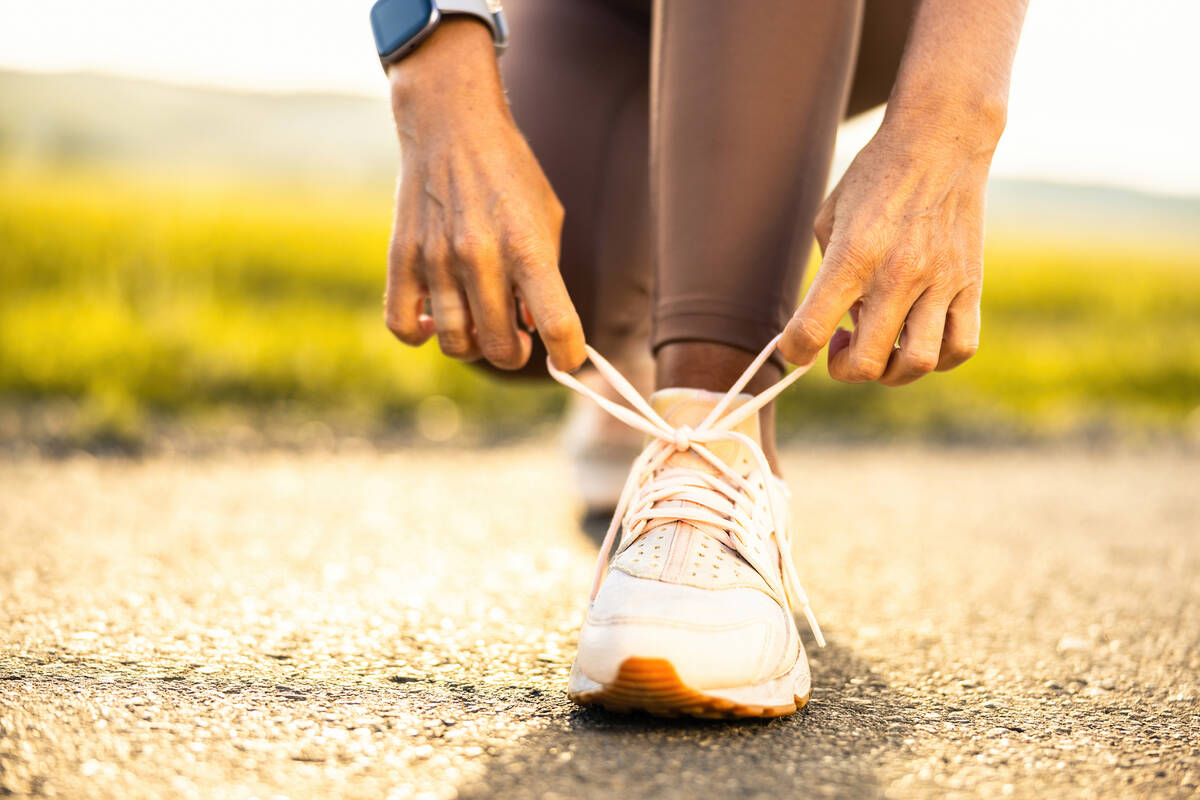This is the best type of exercise if you want to live longer
It isn’t exactly breaking news that exercise is good for you. Maybe you’ve even seen alarming headlines declaring that sitting is the new smoking.
While there’s certainly no debate around the benefits of moving your body every day, did you know that exercising regularly can literally add years to your life? It’s true.
But it’s also true that some forms of exercise are hard on the body, making them difficult to do long term and into old age. For example, for some people, running puts too much pressure on their knees, which can lead to joint pain.
Physical trainers have a front-row seat for the injuries that certain types of exercise can cause and how not working out at all can affect the body. They also see what types of exercise people can do well into old age.
In fact, there’s one type of exercise that physical therapists say is so beneficial for the body that they recommend doing it every single day.
A path to longevity
If you want to prioritize an exercise that science has linked again and again to longevity, physical therapist and author Dr. Lex Gonzales says that there’s no better workout than walking.
There are four key reasons why Gonzales says walking is the best exercise for healthy aging: It improves heart health and circulation; supports joint health, keeping joints mobile without placing undue stress on them; helps with balance and coordination; and is super accessible, requiring no special equipment or membership fees.
“Walking is such an important exercise for older adults that it is considered as the sixth vital sign,” Gonzales says. (The others are blood pressure, heart rate, respiratory rate, temperature and oxygen saturation.)
In fact, walking is the primary form of exercise for people in Blue Zones, regions of the world where people regularly live to be 100 and in good health. In these regions, people aren’t doing intense workouts but rather walking throughout the day. Not only do people in Blue Zones walk to do many of their errands (such as to work or the grocery store), but many also participate in community walking groups.
Other beneficial types of exercise
While walking every day can certainly support longevity, Dr. Karen C. Westervelt, a physical therapist and the educational program director for the Integrative Health program at the University of Vermont, says that it’s not the only type of exercise to do regularly if you want to live a long, healthy life.
“There are four general types of exercise: strength training, aerobic or cardiovascular training, flexibility training, and neuromuscular or balance/agility training. You should do all four types of exercise every week,” she explains.
Westervelt points to the American College of Sports Medicine’s physical activity guidelines, which recommend at least 150 minutes a week of moderate-intensity aerobic activity and two days of strength training a week. She says that strength training is especially important.
“One of the physiological changes that occur as you age is sarcopenia, or the loss of muscle mass. This age-related loss of muscle mass is accelerated when you are sedentary,” Westervelt says, adding that regular strength training helps protect against this.
As the American College of Sports Medicine guidelines specify, flexibility training and balance/agility training are also important.
“We need to stretch each major muscle at least twice a week,” Westervelt says. “Many people forget or don’t realize that we need to train our balance. Just like we need to train our muscles to get stronger, we need to practice our static and dynamic balance to have good balance. This is particularly important as we age — to prevent falls.”
Gonzales says that tai chi and yoga are two forms of exercise that enhance balance and flexibility without putting strain on the body.
When to exercise more caution
There are a few types of exercise that Gonzales says to use caution when doing because they put more strain on the body than some other forms of exercise. This includes high-impact activities such as long-distance running, heavy weightlifting, and exercises involving rapid, high-intensity movements or extensive twisting of the spine, both of which can increase the risk of injury.
The physical therapists say that these are all still great forms of movement; you just have to be more cautious when you do them. If they do start causing any type of pain, it’s best to consider a more gentle form of exercise.
Westervelt emphasizes that no matter what your preferred form of exercise is, you’ll be benefiting your body every time you do it. The key is exercising regularly.
And that can be as simple as lacing up your sneakers and going for a walk.



















